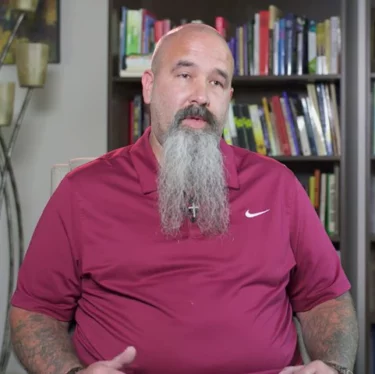Our nation’s overdose crisis has never been worse, and the record number of deaths the Centers for Disease Control (CDC) reported last month should force cities, states and the federal government to take bold steps now to end the carnage.
The CDC’s new data showed drug overdose deaths reached 100,307 for the 12-month period ending April 2021, compared with 78,056 deaths reported during the same period a year ago. It was the highest number of overdose deaths in a 12-month period ever recorded. Deaths due to heroin, fentanyl and stimulants including cocaine and methamphetamines all increased.
Synthetic opioids represent a uniquely frightening concern. The CDC data revealed that estimated overdose deaths caused by synthetic opioids, primarily fentanyl, reached 64,178 – or 64 percent of all overdose deaths – during the span of 12 months that ended in April. Synthetic fentanyl can be 50 to 100 times more powerful than morphine, according to the National Institute on Drug Abuse.
Because the drug supply chain is more polluted than ever, synthetic fentanyl is more prevalent than ever. But people who use drugs don’t necessarily know when fentanyl is present, putting them at extreme risk of an overdose.
We can’t ignore that the drug supply is tainted with lethal fentanyl. So, with overdose deaths reaching historic levels, harm reduction strategies are more necessary than ever if we have any hope of protecting people who use drugs.
The decision on November 30 by officials in New York City to open two overdose prevention centers illustrates that the nation’s largest city is willing to implement new ways to curb overdose deaths and the alarming spread of deadly, tainted drugs.
Officials in New York City have decided they will no longer ignore a raging public health crisis that has killed more people nationally over the past 12 months than the number of people who live in Roanoke, Virginia.
Safe injection sites, including New York City’s overdose prevention centers, represent one of many harm reduction strategies that continue to gain the attention of public health officials. Harm reduction strategies have slowly and steadily gained attention as effective, practical approaches to address the nation’s overdose epidemic.
State and local officials have many options to help communities improve care for people who use drugs, and we outlined those strategies in a recent paper we completed with support from the CDC, Overdose Response and Linkage to Care: A Roadmap for Health Departments. Our Medical Director Institute has developed guidance to help communities cope with the growing supply of lethal fentanyl, Guidance on Handling the Increasing Prevalence of Drugs Laced with Adulterated Fentanyl.
The federal government can help, too, by making the telehealth policies permanent that helped so many organizations provide treatment and services to people who use drugs.
We can implement deflection and diversion strategies to better link people to treatment, care and services, rather than incarceration.
We can do more to help those who are incarcerated receive proper care.
We can do more to support our incredible public health workforce who care for people at risk of overdose.
And we can do more to help Native communities.
Fortunately, the Biden administration has signaled its support for harm reduction. The American Rescue Plan – President Biden’s $1.9 trillion relief package that he signed into law on March 11 – included $30,000,000 in grants for governments and organizations, including nonprofit community-based organizations, to support overdose prevention and syringe services programs. Then, in November, the White House Office of National Drug Control Policy released a model law, providing states with a template to pass their own legislation to improve access to naloxone, a drug that reverses opioid overdoses.
The National Council in March formally announced the 16 recipients of Preventing Overdose & Increasing Access to Harm Reduction Services during the COVID-19 Pandemic grants, which were supported by the CDC.
We have so many resources available to help communities fight the overdose crisis and prevent the deaths of those with a substance use challenge.
With so many people dying from overdoses and falling victim to a polluted drug supply, ignoring those resources is no longer an option.



